Acoustic sensors enable efficient and non-invasive monitoring of a wide range of species, including many that are difficult to monitor in other ways. Although they were initially limited in application scope largely due to cost and hardware constraints, the development of low-cost, open-source models like the Audiomoth in recent years has increased access immensely and opened up new avenues of research. For example, some teams are using them to identify illicit human activities through the detection of associated sounds, like gunshots, vehicles, or chainsaws (e.g. OpenEars).
With this relatively novel dimension of wildlife monitoring rapidly advancing in both marine and terrestrial systems, it is crucial that we identify and share information about the utility and constraints of these sensors to inform efforts. A recent study identified advancements in hardware and machine learning applications, as well as early development of acoustic biodiversity indicators, as factors facilitating progress in the field. In terms of limitations, the authors highlight insufficient reference sound libraries, a lack of open-source audio processing tools, and a need for standardization of survey and analysis protocols. They also stress the importance of collaboration in moving forward, which is precisely what this group will aim to facilitate.
If you're new to acoustic monitoring and want to get up to speed on the basics, check out these beginner's resources and conversations from across the WILDLABS platform:
Three Resources for Beginners:
- Listening to Nature: The Emerging Field of Bioacoustics, Adam Welz
- Ecoacoustics and Biodiversity Monitoring, RSEC Journal
- Monitoring Ecosystems through Sound: The Present and Future of Passive Acoustics, Ella Browning and Rory Gibb
Three Forum Threads for Beginners:
- AudioMoth user guide | Tessa Rhinehart
- Audiomoth and Natterjack Monitoring (UK) | Stuart Newson
- Help with analysing bat recordings from Audiomoth | Carlos Abrahams
Three Tutorials for Beginners:
- "How do I perform automated recordings of bird assemblages?" | Carlos Abrahams, Tech Tutors
- "How do I scale up acoustic surveys with Audiomoths and automated processing?" | Tessa Rhinehart, Tech Tutors
- Acoustic Monitoring | David Watson, Ruby Lee, Andy Hill, and Dimitri Ponirakis, Virtual Meetups
Want to know more about acoustic monitoring and learn from experts in the WILDLABS community? Jump into the discussion in our Acoustic Monitoring group!
Header image: Carly Batist
- @MattyD797
- | He/Him
PhD Student | Cornell University | Smithsonian Institution; My focus is in computational ecology within fishery acoustics


- 0 Resources
- 16 Discussions
- 12 Groups
As a fresh electrical engineer, I am passionate about leveraging technology for biodiversity monitoring, logging, and poaching detection in tropical regions.
- 0 Resources
- 0 Discussions
- 9 Groups
University of St Andrews
I am a Senior Lecturer at the University of St Andrews, Scotland. My research is focused on developing acoustic species classifiers for marine mammals worldwide.
- 0 Resources
- 2 Discussions
- 6 Groups
- 0 Resources
- 0 Discussions
- 5 Groups
Coordinator for Rewilding, Nature Recovery and Biodiversity Management at AJA Climate Solutions, Ghana.
- 0 Resources
- 0 Discussions
- 4 Groups
- @srullman
- | He, His, Him
Earthwatch Institute
Director of Research at Earthwatch Institute since 2013. Terrestrial ecologist in academic training, and champion of participatory science.
- 0 Resources
- 0 Discussions
- 3 Groups
University of Puerto Rico
- 0 Resources
- 0 Discussions
- 1 Groups
- 0 Resources
- 0 Discussions
- 1 Groups
- @bellariskytaa
- | Her
Hi, I am Bella R. Arinda, a GIS Specialist passionate about conservation and community empowerment. Graduating with a degree in Geodetic Engineering gave me a strong foundation in GIS and remote sensing. I made the leap from engineering to conservation, dedicating myself to using
- 0 Resources
- 2 Discussions
- 7 Groups
World Wide Fund for Nature/ World Wildlife Fund (WWF)
- 0 Resources
- 4 Discussions
- 8 Groups
- @kidogo
- | He/him
Wildlife Researcher
- 0 Resources
- 0 Discussions
- 4 Groups
Monitoring and Evidence Manager, Kent Wildlife Trust

- 0 Resources
- 1 Discussions
- 6 Groups
HawkEars is a deep learning model designed specifically to recognize the calls of 328 Canadian bird species and 13 amphibians.
13 May 2025
The Biological Recording Company's ecoTECH YouTube playlist has a focus on webinars about Bioacoustic monitoring.
29 April 2025
This paper includes, in its supplementary materials, a helpful table comparing several acoustic recorders used in terrestrial environments, along with associated audio and metadata information.
15 April 2025
Conservation International is proud to announce the launch of the Nature Tech for Biodiversity Sector Map, developed in partnership with the Nature Tech Collective!
1 April 2025
PhD position available at the University of Konstanz in the Active Sensing Collective Group!
28 March 2025
InsectSet459 - the first large-scale open dataset of insect sounds, featuring 26,399 audio clips from 459 species of Orthoptera and Cicadidae.
24 March 2025
Naturalis is looking for a postdoc in AI for Ultrasonic Bioacoustic Monitoring
24 March 2025
Postdoctoral opening in the Bioacoustics and Behavioral Ecology Lab at Syracuse University
14 March 2025
Funding
Species identification from audio, focused on birds, amphibians, mammals and insects from the Middle Magdalena Valley of Colombia.
12 March 2025
Building species-specific habitat models for forest bird species using state of the art methods and remote sensing layers
28 February 2025
Osa Conservation is launching our inaugural cohort of the ‘Susan Wojcicki Research Fellowship’ for 2025, worth up to $15,000 per awardee (award value dependent on project length and number of awards given each year)....
10 February 2025
workshop introduced participants to the power of bioinformatics and next-generation sequencing (NGS) in conservation biology.
10 February 2025
June 2025
July 2025
September 2025
event
October 2025
November 2025
event
September 2024
event
event
61 Products
| Description | Activity | Replies | Groups | Updated |
|---|---|---|---|---|
| Thanks Carly! I had reviewed some of the help files, but clearly not the right ones!My email is deanc5697@my.uwstout.edu |
|
Acoustics, Software Development | 11 months 4 weeks ago | |
| Hi Tabitha, What recording settings were you using when you saw these differences? I've measured the consumption across some different firmware versions and I can't see any... |
+10
|
Acoustics | 1 year ago | |
| Hello!Long time, no update. @StephODonnell suggested I post here with my thesis and some reflections. ---------------------------------------------------------TL;DR... |
+19
|
Acoustics | 1 year ago | |
| Hi Jesse,For a material to be acoustically transparent (in air), the speed of sound in the material times its density must match that of air. Realistically, any solid... |
+1
|
Acoustics, Animal Movement | 1 year ago | |
| Hi Steph, We appreciate the support! Thanks for the tag and your help managing the community!Patrick |
|
Sensors, Acoustics, Conservation Dogs, Emerging Tech, Open Source Solutions | 1 year ago | |
| Hi Sol,If the maximum depth is 30m, it would be worth experimenting with HydroMoth in this application especially if the deployment time is short. As Matt says, the air-filed case... |
|
Acoustics, AI for Conservation, Data management and processing tools, Emerging Tech, Sustainable Fishing Challenges | 1 year ago | |
| Oh wow, thank you so much!!!I will keep that four advices in mind! |
|
Acoustics | 1 year ago | |
| You won't get any audio if you don't allow enough time for the hydromoth/audiomoth to write. So when you do a continuous recording you need to experiment a little. I'm sure there... |
+3
|
Acoustics | 1 year ago | |
| Congratulations! My first hydromoth was just arrived yesterday and so excited! Looking forward for the update from your project!!! |
|
Acoustics, Animal Movement, Climate Change, Conservation Tech Training and Education, Data management and processing tools, Emerging Tech, Open Source Solutions, Protected Area Management Tools, Sensors, Software Development, Latin America Community | 1 year ago | |
| If you have the resources, I would suggest testing the sensitivity and directionality of the system at relevant frequencies both with and without an external mic, and let the... |
|
Acoustics | 1 year ago | |
| Totally agree.Inititally sceptical until I saw Helena and Graeme were involved.MJ |
|
Acoustics, Citizen Science, Community Base, Human-Wildlife Conflict | 1 year 1 month ago | |
| 'Most importantly, we have to make it play a MIDI version of the DoctorWho theme song when you arm the device. That has to be the #1 feature if you ask me!' Seconded! |
+9
|
Acoustics, Animal Movement, Emerging Tech, Open Source Solutions, Sensors | 1 year 1 month ago |
Acoustic Monitoring Specialist
26 October 2023 7:32pm
5 Trailblazing Wildlife Monitoring Tech Solutions across East Africa. What Monitoring Technologies are you using?
25 October 2023 12:40pm
Soundscapes and deep learning enable tracking biodiversity recovery in tropical forests
20 October 2023 3:38pm
PhD Opportunity: YELLOWHAMMER - Individual acoustic monitoring to study song culture evolutionwithin and between dialect areas
20 October 2023 12:54pm
PhD Opportunity: Distributed sound source localisation and separation for wireless microphone networks consisting of two-microphone nodes
20 October 2023 12:47pm
PhD Opportunity: 'FLOATERS' position at Bioacoustic AI Doctoral Network
20 October 2023 12:36pm
Is there a good resource for learning bird calls?
20 October 2023 12:13pm
20 October 2023 12:21pm
A few more!
Yes i use the Merlin app however i dont recommend using it too much as the males get agitated a bit (around breeding nesting)
— Simon Cotter (@SimonCotter62) October 19, 2023
Failing all that, if you have internet connection where you are then Graeme Chapman’s website has a terrific library of bird calls - I often refer to it: https://t.co/Metmy9VUxU
— Harry Saddler (@MondayStory) October 19, 2023
Xeno Canto is also an incredible website for bird calls, but not very mobile friendly.
The online calls help but still a learning a challenge. So many different calls by the same bird, regional variations, age variations and more mimics than lyrebirds and magpies. Tips like the Australian Raven and Little Raven are distinguished by final notes are good
— Ian Thompson (@IanThom186000) October 19, 2023
Everyone has answered while I was on the bike, so I'm just repeating. I use Morcombe first, YouTube second and xeno canto if I'm really stuck
— Bird Michael From Twitt℮r (@wtb_Michael) October 19, 2023
I am keen to try this one myself:https://t.co/CQy0CuKC5I
— Matt Furlong also @matticusflinch.bsky.social (@matticus_flinch) October 20, 2023
https://t.co/QlY0lmGQSF is my go-to
— The Bird Emergency - Grant the Bird Nerd (@birdemergency) October 19, 2023
Arbimon - Jobs are not working
11 October 2023 8:31am
12 October 2023 11:23am
Pinging @carlybatist!
12 October 2023 4:22pm
Hi Jennifer,
Thanks so much for notifying us about this! We have a support page here and you can contact our user support team directly by clicking the green 'question mark' icon in the bottom right corner of the Arbimon page. We can absolutely look on the backend to see what is stalling your jobs, we'll just need a bit more information (e.g., project name, job type, playlist size, etc.) to do diagnostics. I can reach out to you directly for that info - what's a good email for you?
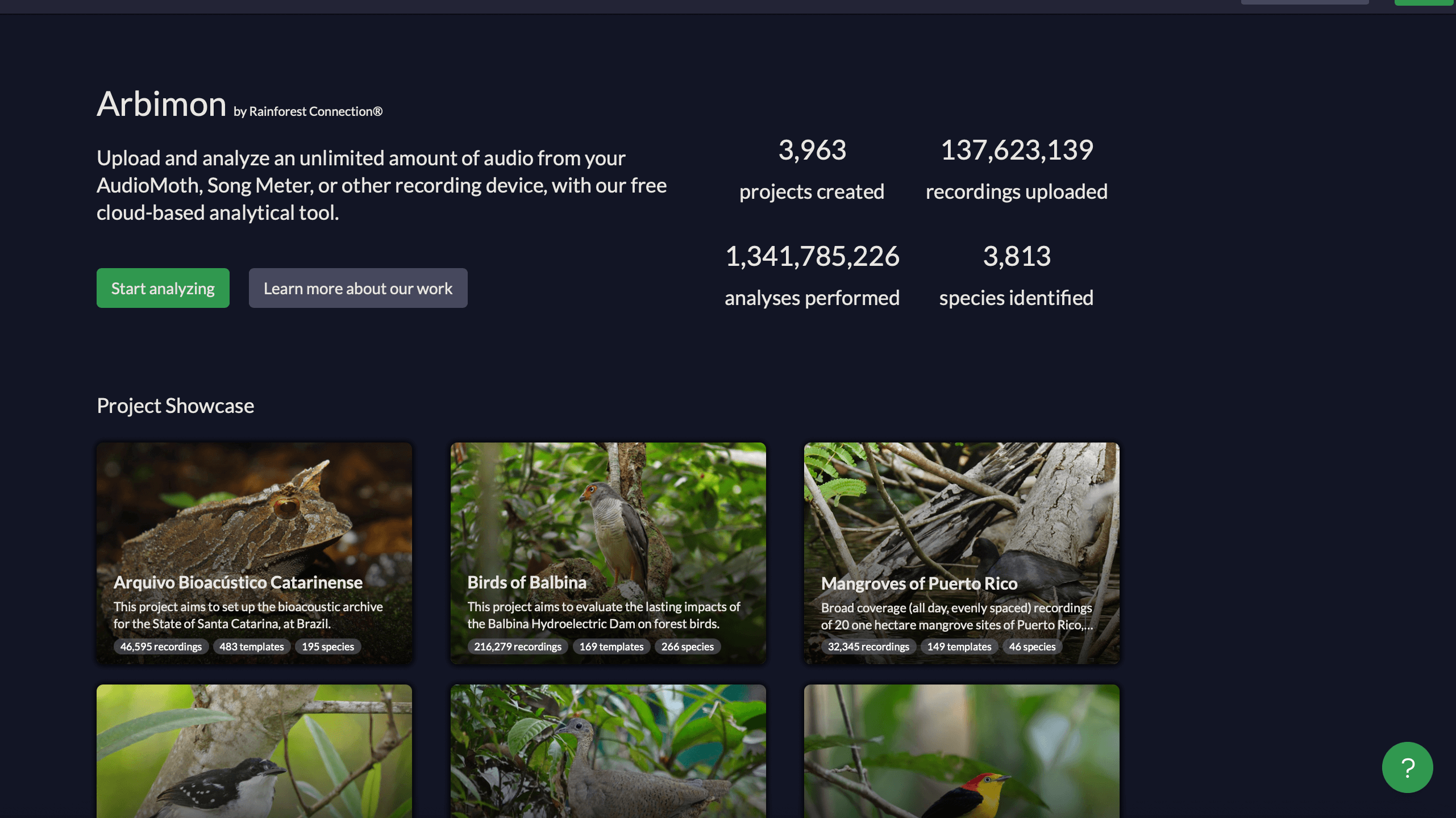
16 October 2023 8:10am
Hi, thanks so much for getting back. You can reach me at j.insupp@fh-cuas.at
Song Meter Micro experience?
27 October 2022 6:33pm
11 May 2023 4:45pm
Hi Lucy,
Sorry! I was in the field by the time you replied, and have not been back long. I realise it's been months now, but are you still planning on using the SM Micros? If so, please have a look at my thoughts in the new comment on this thread. I would think in Norway, the stridulating insect issue would not be as bad as in the tropics. Depends on what you want to use them for. Battery life is still definitely an issue though, and even more so in low temperatures. Good luck, let me know how you get on, or if you went with a different recorder.
Cheers,
Nick
26 September 2023 5:55am
Hi everyone. I am suuuuuper late on this discussion but I just finished 6-month fieldwork deploying 18 SM Micro over 70 different locations in Java, so I thought I would like to share my opinion on this device. So my work is basically installing each recorder in one location for the duration of 7-14 days before moving it to a different location, with battery and silica gel changed in between every deployment. Here's my thought:
Waterproofing - The first 2 months of the fieldwork was the wettest season I have ever experienced in the field. Extreme rain almost on a daily basis. Most of the time the recorder was working just fine except for the 2nd week of deployment when I found the inside a bit wet, but it was probably because I forgot to ensure that both lids were clicking. The recorder still works fine after this deployment, and this was when I decided to change the silica gel before the next deployment.
Sound quality - As mentioned by others. there's an annoying peak at 6kHz. I did not originally plan to do soundscape analysis so it wasn't a big problem at the beginning, but now there is some discussion on doing so. Other than this I found the quality to be just adequate.
Battery Life - I am using alkaline 1,5 volt (non-rechargable) battery and get ~120 hours of recording, with a sample rate of 32khz. Suitable for my method, but certainly not for longer deployment.
Safety - My field site is full of a poacher who does not like to be detected, and the rangers warned me so many times about the camera trap that was destroyed or stolen by these people. I used steel cable and a small carabiner-style padlock which I later realized wouldn't stand a chance against a few hits of the machete, but luckily no recorder went missing--mostly because I tried to hide it as far as possible from the trails and cover our tracks. The small size of SM Micro makes it easy to hide among foliage (be careful on contact noise between leaves and recording), and the fact that it is colored green and has no external light also greatly helps (unlike Swiftone. Seriously, who thought that white is a perfect color for an expensive device that will be left in the forest for a long time?)
In conclusion, it is a cheap and easy-to-get device (compared to the mythical Audiomoth) for species presence detection in a short time like I did, but certainly not for longer deployment or more intricate bioacoustic analysis.
6 October 2023 9:08pm
Hi everyone,
I wanted to provide an update on behalf of Wildlife Acoustics regarding some of these comments in this thread. As some of you may know, we have just announced the second generation of our Song Meter Micro. Along with 33% longer battery life due to an expanded battery tray (which now holds 4 AAs instead of 3), the Song Meter Micro 2 will also have a flatter frequency response. Though we don’t have a firm release date at the moment, we are currently looking at an early 2024 release, with pre-orders likely to start at the end of 2023. Detailed frequency response charts and specs will also be posted to our site soon. In fact, we have built an anechoic chamber in our new office and will be doing detailed testing with a host of new precision instruments. For more info on the Micro 2, check out our current product page. Lastly, thanks all for your open and honest feedback. It allows us to make our products better and better for you.
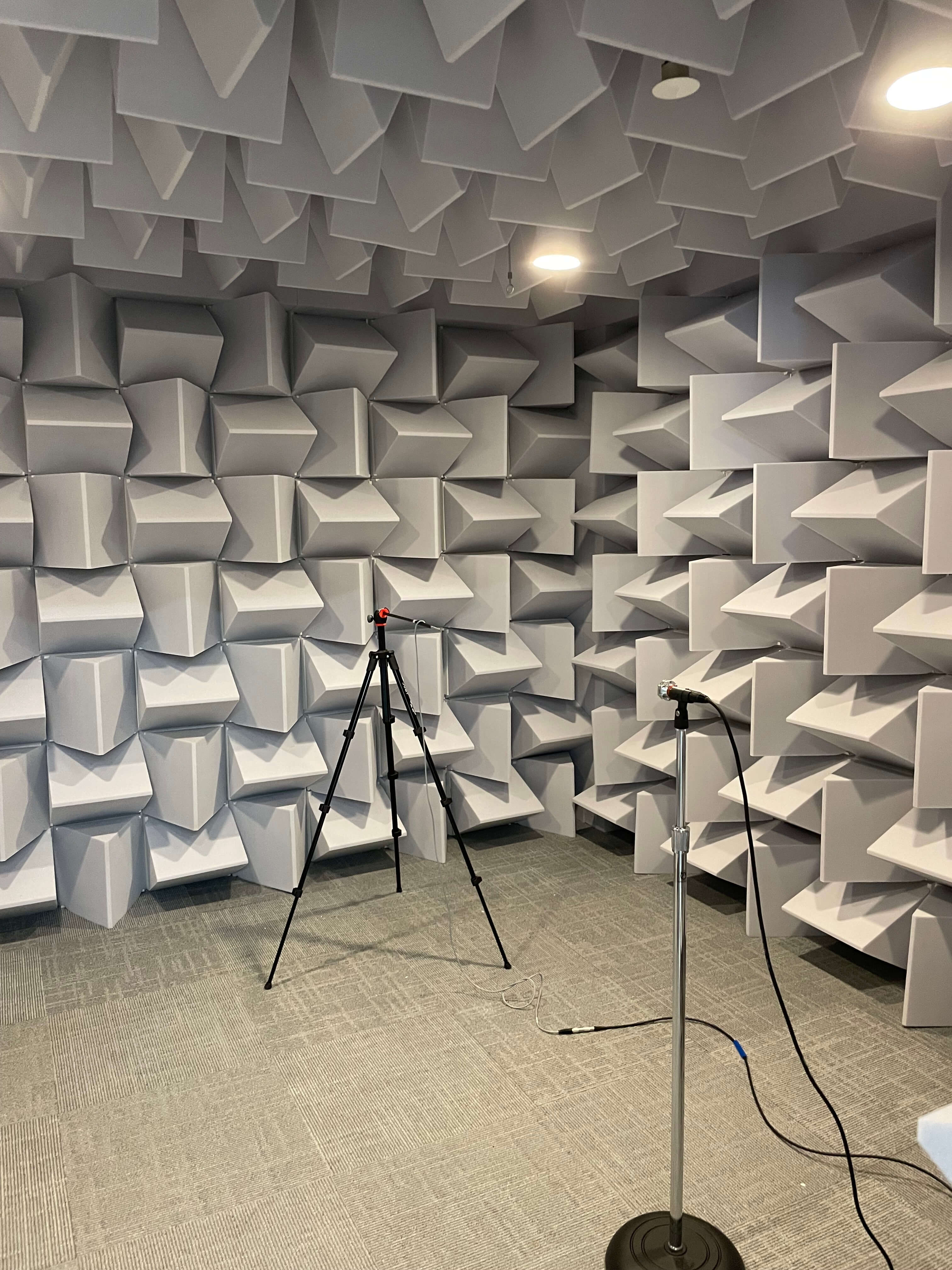
GEO BON Monitoring Biodiversity for Action
5 October 2023 3:10pm
Grad student, postdoc, and research assistant positions in bioacoustics and quantitative ecology at Kitzes Lab (University of Pittsburgh)
28 September 2023 2:00pm
Conservation Innovation Manager
27 September 2023 11:08pm
Soil Ecoacoustics - viable?
12 September 2023 1:29pm
19 September 2023 9:03am
Awesome, thanks a lot carlos! I've shared with the person who asked me.
if you're up for it, I also may steal you for a variety hour spot on this at some point, as now i'm curious to hear more!
19 September 2023 10:51am
Would be fantiastic to learn more on soil ecoacoustics in a variety hour!
22 September 2023 6:12pm
I second that!
Leaf Litter Tech Issue: WILDLABS Spotlight
22 September 2023 9:58am
*NEW* White Paper: Harnessing the Power of Sound & AI to track Global Biodiversity Framework (GBF) Targets
20 September 2023 12:53pm
Catch up with The Variety Hour: September 2023
20 September 2023 11:39am
WEBINAR: Phantom of the Orthoptera
14 September 2023 6:28pm
In case you missed it... (no. 1)
12 September 2023 11:49am
13 September 2023 6:23am
EcoHacK 2023
CIEEM 2023 Autumn Conference: Modernising Ecology: Techniques and Approaches
5 September 2023 1:59pm
Audiomoth online conference
5 September 2023 11:46am
24 October 2023 7:18pm
Large scale bioacoustic analysis in the Peruvian Amazon
1 September 2023 1:49pm
Estimating California Spotted Owl population with bioacoustic survey
29 August 2023 1:55am
Presentation opportunity for Audiomoth users - RSVP ASAP!
24 August 2023 11:44pm
Reviewing Now: Animal Telemetry Postdoctoral Fellowship
24 August 2023 11:09pm
Building a new recording device for sound localization
20 June 2023 11:57am
12 August 2023 10:26am
Thanks! Yes, I'm using the libraries from opensoundscape and it was Tessa who pointed me to wildlabs :) I'll publish the source code to the sound capture code this weekend in github with minimal instructions on configuring the rest of the OS till I get time to write an article about it which won't be till I've built 5x articles and done a convincing field test for a motivating article. Note, although I learnt how to configure the time synchronization with PPS from other articles on the net some steps were missed out that were vital to getting a fast and good sync, I'll be publishing these. Specifically, the start order of the gps versus chrony needs to be reversed from the default otherwise the PPS signal is not being communicated via shared memory to chrony which ruins the convergence to accurate time. Along with allowing the chrony time server daemon to step the clock so long as the alignment has > 1 ms of difference.
Simulations with opensoundscape suggest really, really good accuracy with the soundfinder algorithm is possible. When we get closer to new years eve I'll get really good test data from all the illegal fireworks that get set off here.
Once the capture side of things is sorted I'll move on to finding a good inference algorithm that performs well on the raspberry pi and then to working on a central server to correlate all of this automatically with the goal to making something that sends out an alert to a google maps link as to the location of the source, that will be fun :)
Oh and actually, I have to finish the install code for my other project that links computer vision algorithms to a state management and alerting system. This runs on jetson series SBCs. I've ported it all to the new Jetson Orin series computers but haven't yet finished writing the install code because I got distracted with this project about 4 months ago. The computer vision alerting state machine thing is here, and it's also useful in the fight against poachers. The new Orin series from nvidia allow the highest scoring open source computer vision algorithms (based on the microsoft coco dataset) to be integrated, such as yolov6, which results in significantly less false positives. And the state management facilities of my app provide you with a large amount of flexibility to reduce this even further.
13 August 2023 3:28pm
As promised, I've pushed the code to github today, the URL is:
GitHub - hcfman/sbts-aru: Low cost Raspberry Pi sound localizing portable Autonomous Recording Unit (ARU)
Low cost Raspberry Pi sound localizing portable Autonomous Recording Unit (ARU) - hcfman/sbts-aru
Note, this is somewhat of a premature announcement (to keep my promise) because I still need to add a bunch of documentation and how to install the prerequisites, recommended way of deploying etc.
However, for the curious, it is a very simple program. And so long as you install jackd2 and the prerequisites to the build script (./build.sh) it will run on whatever system you have and accurately align the sound files to the system time, along with the tracking file.
Much of the work surrounding this project was working out how to setup the GPS synced system time correctly. There are several guides on how to do this, however, when I tried to run this on a system that was disconnected from the network I found that there were important steps omitted in the guides that were needed to provide fast and accurate syncing in the absence of any network. I'll be adding these steps to this repository over time and write up a nice article about it once I've done the field tests. With the changes I made when installing the time sync changes the current system will sync to sub microsecond accuracy within a minute from when 5 satellites are locked.
24 August 2023 12:52pm
I've tested a Petterson ultrasonic microphone with a sample rate of 384khz and it works out of the box with this software as well. Would be cool to sound localize some bats.
RFCx/Arbimon is hiring a Quantitative Ecologist!
11 August 2023 11:50pm
Acoustic Monitoring and AI to Recognize Elephant Sounds & Gunshots
9 August 2023 11:11pm
#Tech4Wildlife Photo Challenge: Judges' Panel Honorees
4 August 2023 10:00am
European Forum Alpbach
1 August 2023 5:23pm














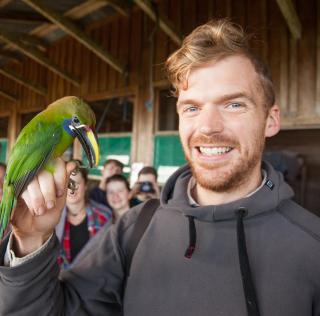



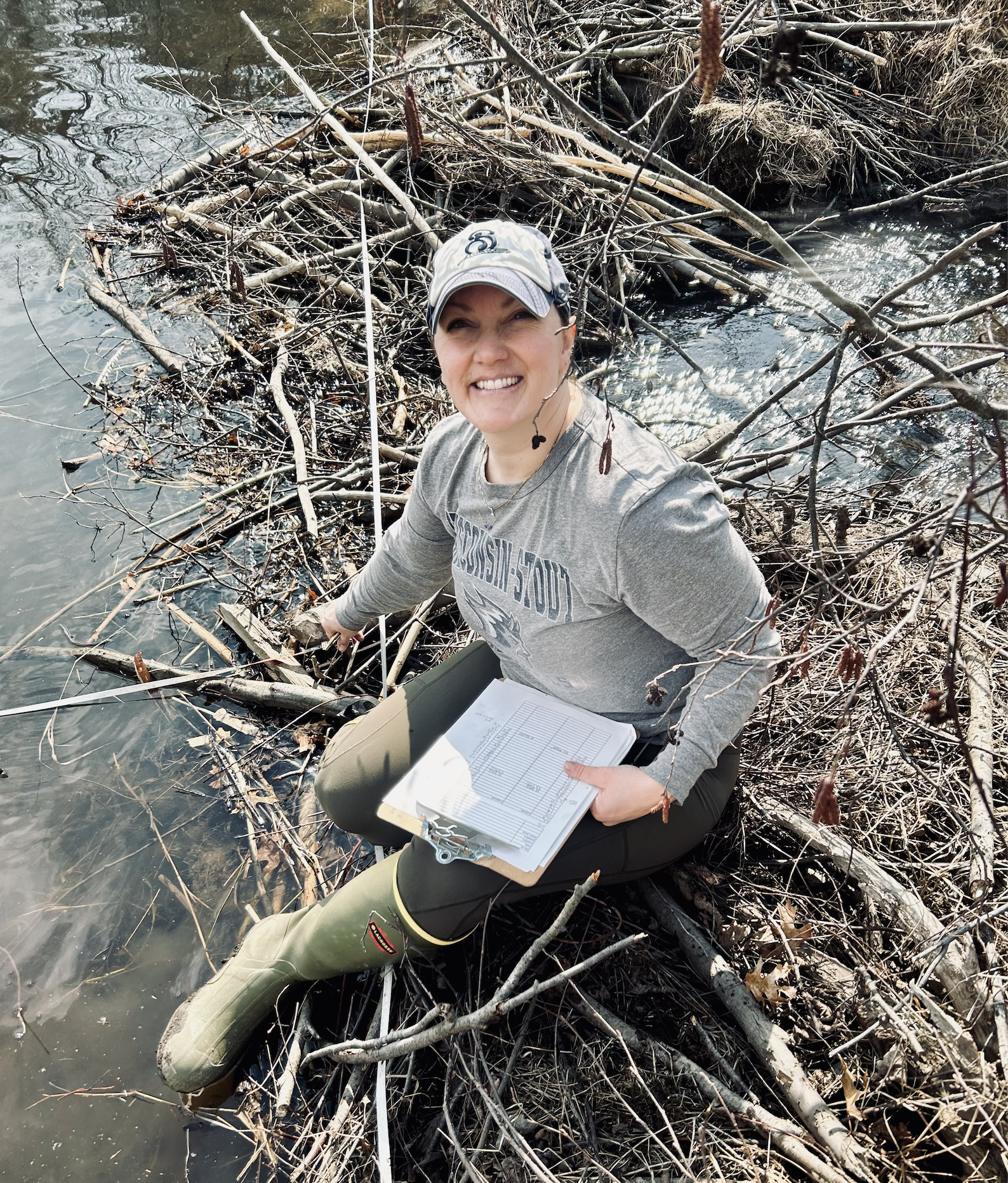















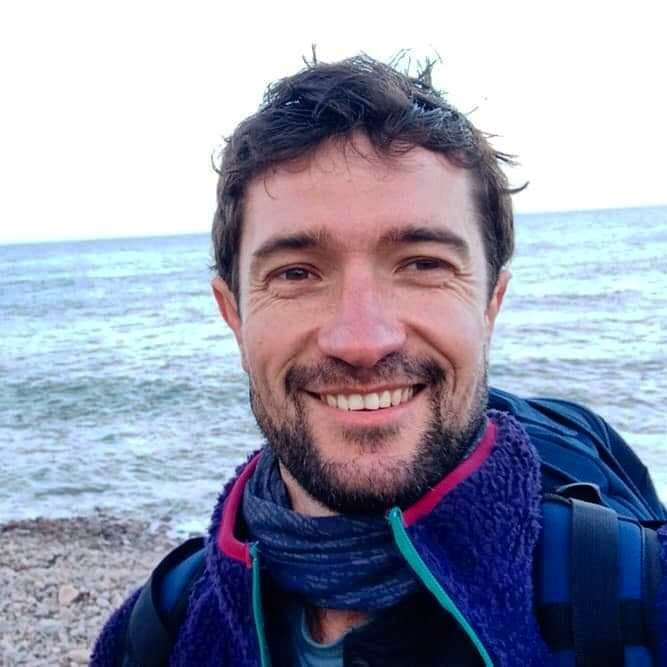





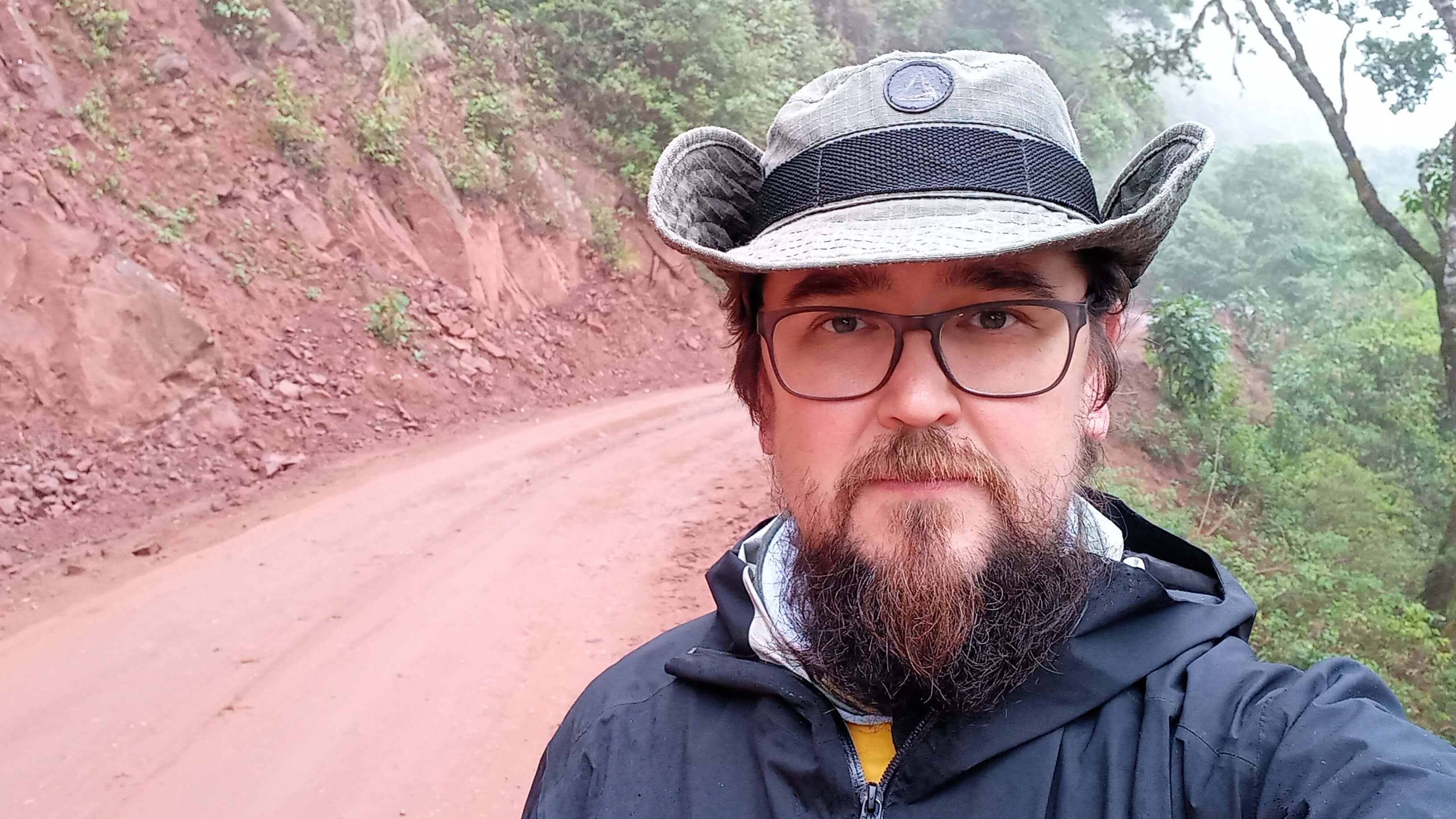








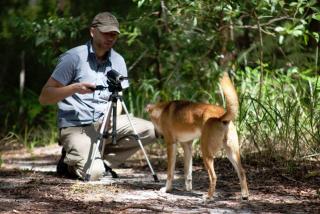







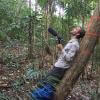












20 October 2023 12:19pm
Some of the recommendations Kylie has been getting: